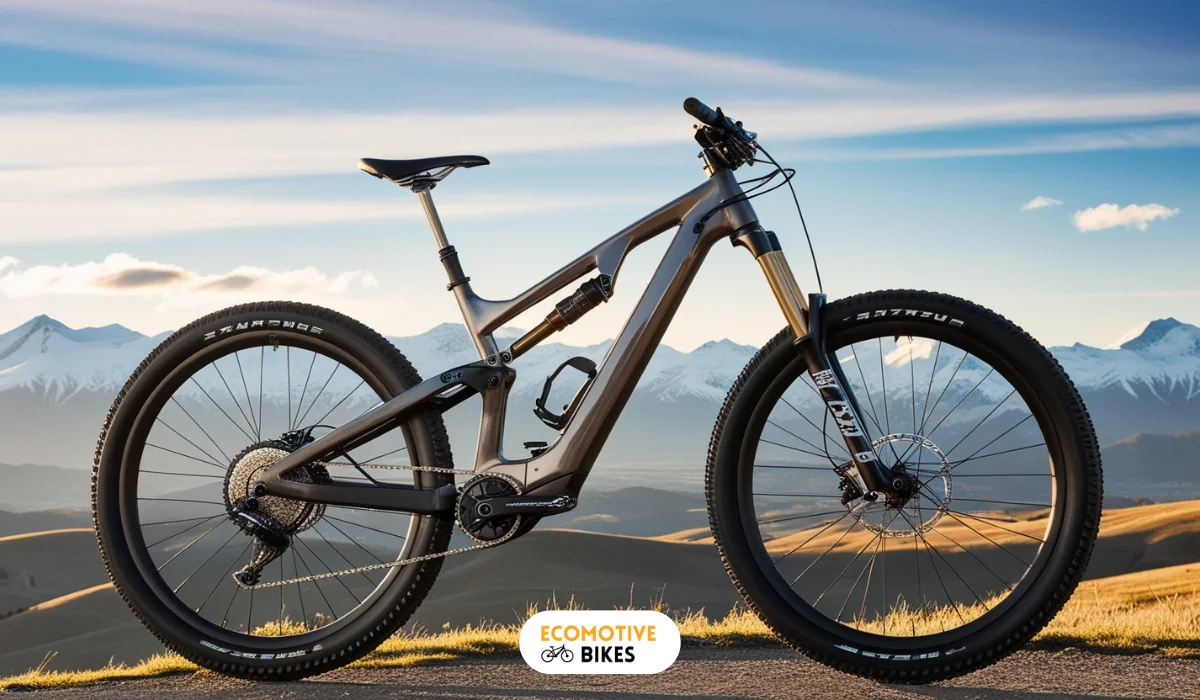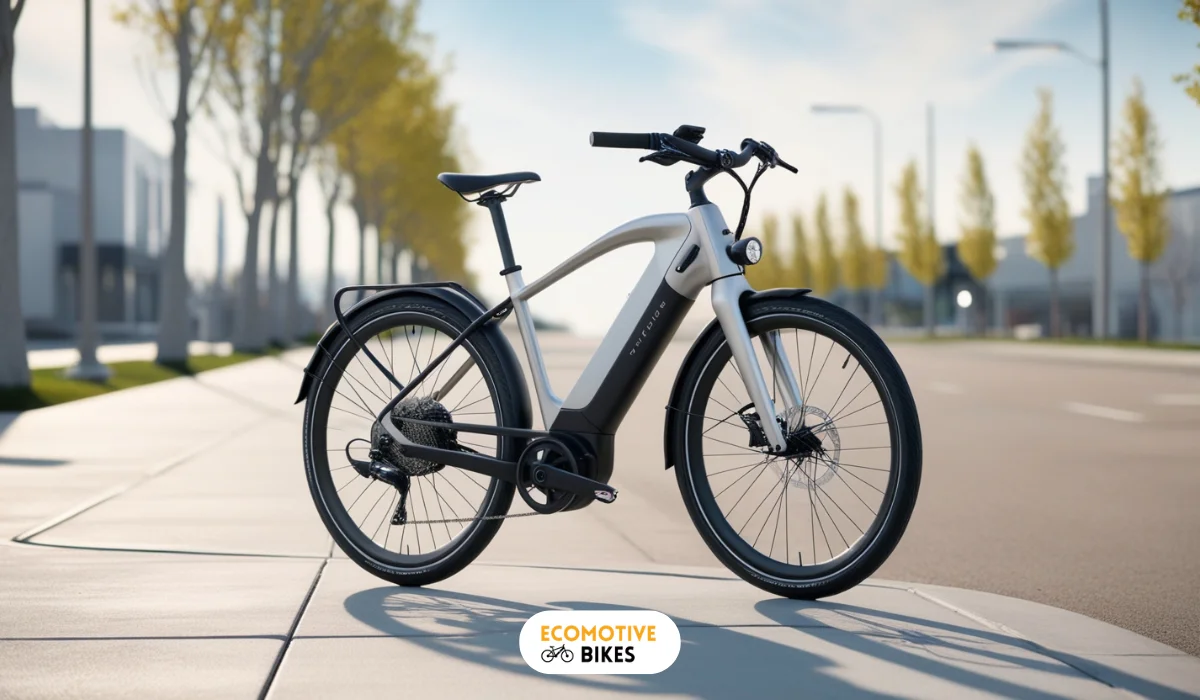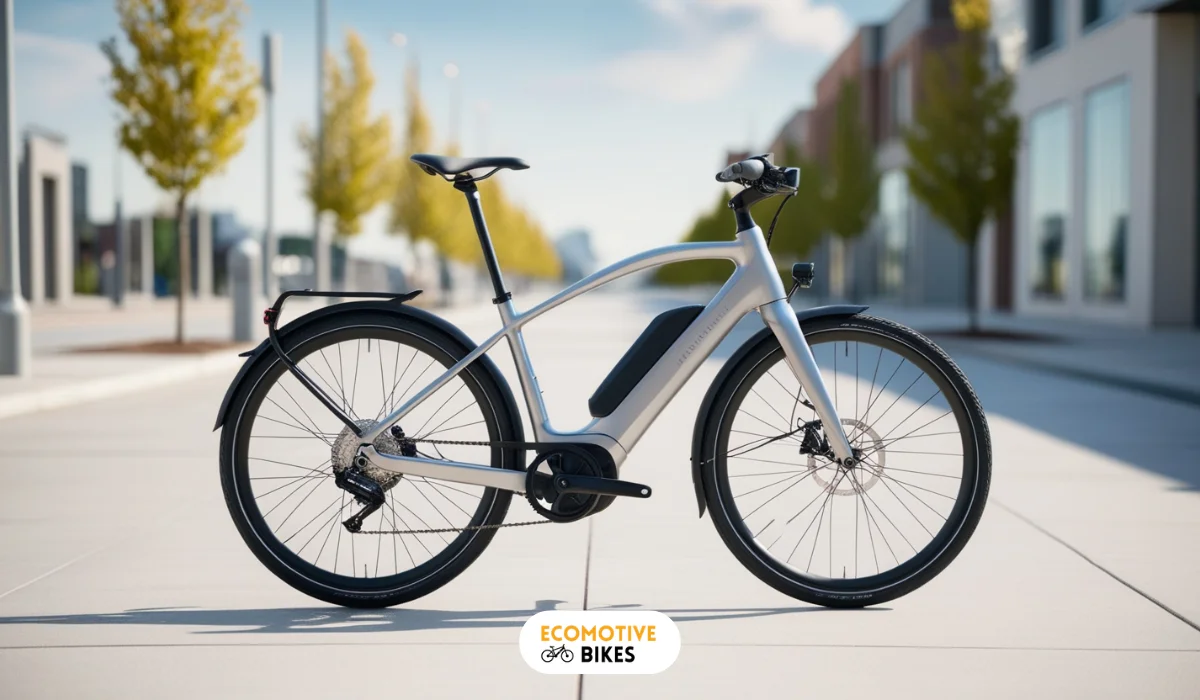Why does my electric bike battery drain so fast?
Discover why my electric bike battery drains so fast and how I learnt practical tips to extend its lifespan and maximize performance.
Table of Contents
Related Articles:
You hop on your e-bike, excited for a thrilling ride, only to be met with a rapidly dwindling battery bar. Disappointment sets in as your envisioned long journey transforms into a short putt around the block and you think, “why does my electric bike battery drain so fast?” Fear not, fellow e-cyclist! This isn’t necessarily a sign of a dying battery, but several factors can influence your e-bike’s battery life.
Let’s do one thing! Explore the top culprits behind rapid battery drain and explore ways to maximize your e-bike’s electric range!
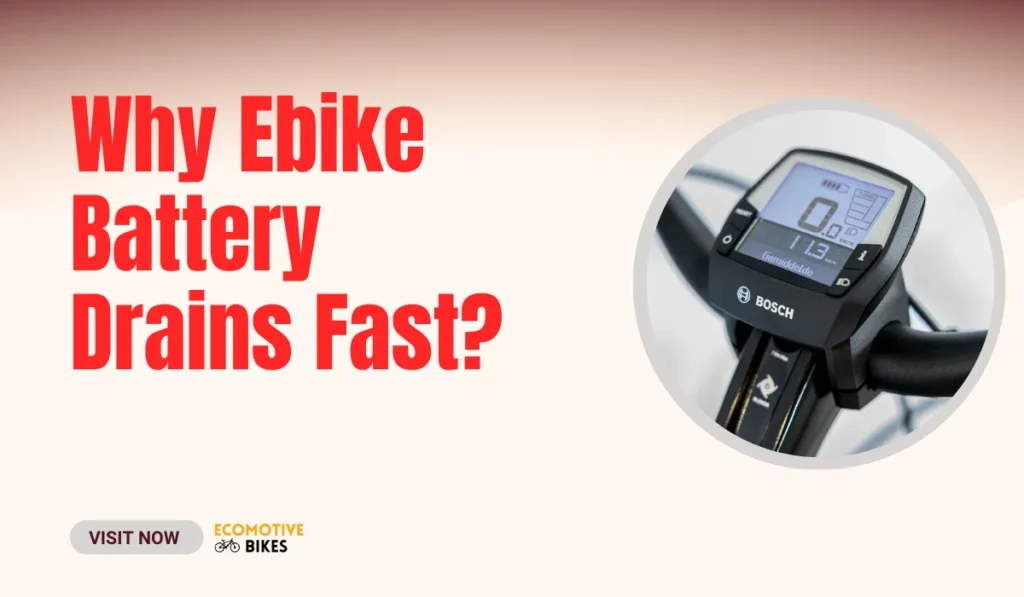
What are the common causes of quick drain of battery?
1. Internal Causes: When battery health is compromised
In some cases, rapid battery drain may indicate more serious issues within the battery itself. Damaged battery cells can exhibit decreased voltage output, prompting the Battery Management System (BMS) to shut down the battery to safeguard healthy cells. Similarly, a malfunctioning BMS might misinterpret cell voltages, leading to unnecessary drain. If you suspect internal issues, consulting a qualified e-bike technician is recommended.
2. External Factors Affecting Range:
Several external factors can influence the distance achievable on a single charge:
- Fast charger reliance: While fast chargers offer undeniable convenience, frequent use can shorten the overall lifespan of your battery. Utilize standard chargers whenever possible to promote battery health.
- Improper storage practices: Extreme temperatures, both hot and cold, can negatively impact battery health during storage. Ideally, store your e-bike battery in a cool, dry environment with a moderate temperature range.
- Riding habits: Aggressive riding styles, such as constant acceleration or frequent uphill climbs, demand more power from the motor, leading to quicker battery depletion. Practicing smooth, controlled riding techniques can optimize your range.
- Environmental conditions: Hot weather can accelerate battery drain. Conversely, cold weather can limit battery capacity. Be mindful of these environmental factors when planning your rides.
- Cargo weight: Transporting heavy cargo adds strain to the motor, requiring more power and reducing your range. Consider minimizing cargo weight whenever possible to maximize efficiency.
How to diagnose and solve battery-draining issues?
Inspection of battery cells and BMS problems:
Rapid battery drain can be a frustrating experience for any e-biker. While internal damage shouldn’t be ruled out, two prime suspects often lurk beneath the surface: compromised battery cells and a malfunctioning Battery Management System (BMS).
- Damaged cells: When individual cells become weak or damaged, they can exhibit a decline in voltage output. To safeguard the entire battery, the BMS might shut down the power supply entirely.
- Diagnosis the culprit: A qualified e-bike technician can use a voltmeter to measure the voltage levels of each cell. This meticulous examination helps pinpoint the specific cell or group of cells causing the problem.
- Addressing the issue: Once the problematic cell(s) are identified, a technician can determine the best course of action. In some cases, replacement of the affected cell(s) might be necessary.
- The role of the BMS: The BMS acts as the guardian of your e-bike battery, constantly monitoring cell health and regulating various functions like charging and discharging. A malfunctioning BMS could lead to misinterpretations of cell voltage, resulting in unnecessary battery drain.
If you suspect internal battery issues, consulting a professional e-bike technician is crucial for an accurate diagnosis and proper solutions. They possess the expertise and tools to assess your battery’s health and recommend the most effective course of action to get you back on the road with optimal performance.
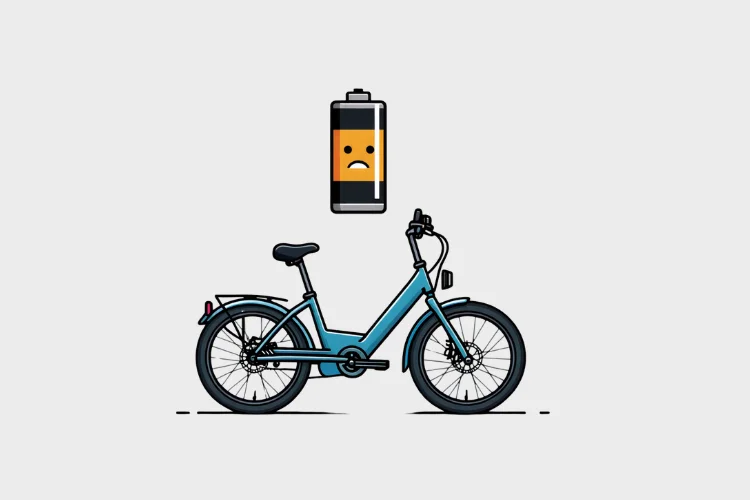
Tips for optimizing battery life
For many, e-bikes represent a compelling blend of sustainability and convenience. However, maximizing battery life is crucial for a truly optimized riding experience. This guide explores key strategies employed by professionals to ensure extended battery performance and longevity for your e-bike.
- Prioritize standard charging: While fast chargers offer undeniable expediency, their frequent use can negatively impact battery health over time. Whenever possible, utilize the standard charger provided with your e-bike to promote optimal battery lifespan.
- Maintain ideal storage conditions: Extreme temperatures, both hot and cold, can significantly accelerate battery degradation during storage periods. To mitigate this risk, prioritize storing your e-bike battery in a cool, dry environment with a moderate temperature range. Consulting your e-bike’s user manual for specific storage recommendations is advisable.
- Minimize cargo weight: The total weight borne by your e-bike directly impacts battery efficiency. The motor requires more power to propel a heavier load, leading to faster battery depletion. For optimal range, minimize cargo weight whenever possible.
- Embrace smooth riding techniques: Aggressive riding styles characterized by frequent acceleration and sustained climbs demand more power from the motor, consequently reducing battery range. Practicing smooth, controlled riding techniques can significantly improve battery efficiency.
- Environmental considerations: Be mindful of external temperatures when planning your rides. Hot weather inherently accelerates battery drain, while cold weather can limit battery capacity. Adjusting your riding behavior or charging strategies based on these factors can optimize battery performance.
- Implement software updates: Periodic software updates for your e-bike system may include optimizations for battery management. Staying current with software updates can potentially enhance battery performance and range.
How to maintain your e-bike battery?
At ecomotobike.com, we’re passionate about empowering riders to experience the full potential of their e-bikes. A key element? Keeping your battery in tip-top shape! Here are some essential maintenance practices to maximize your battery’s lifespan and performance:
- Charge like a pro: Ditch the universal chargers! Always use the charger designed specifically for your e-bike battery. Third-party options might seem convenient, but they can compromise performance and even pose safety risks due to mismatched charging specifications.
- Strategic storage: While some degradation is inevitable, proper storage can significantly slow it down. For extended breaks from riding, consult your manufacturer’s recommendations for the ideal storage charge level (typically between 30-60%). A partially charged battery is less susceptible to damage during inactivity.
- Handle with care: Your e-bike battery is a technological marvel, not a rugged toy. Treat it gently! Avoid excessive vibrations and shocks from aggressive riding or rough handling. A little TLC goes a long way in ensuring optimal performance.
- Unplug promptly: Once your battery is fully charged, don’t leave it tethered to the charger unnecessarily. This can contribute to premature wear and tear. Make unplugging your battery a habit at the end of each charging cycle.
- Don’t be fooled by battery claims: If a battery boasts an unusually high lifespan or number of charge cycles at a suspiciously low price, be wary! Such batteries may have been subjected to improper charging practices during production or storage, potentially leading to safety issues and a shortened lifespan. Invest in reputable brands known for their commitment to safety and quality standards.
Final Words: Why does my electric bike battery drain so fast?
Rapid e-bike battery drain can disrupt your ride and leave you stranded, prompting the question: why is this happening? While internal battery issues can be a concern, the answer often lies in a combination of external factors and everyday riding habits.
This guide has delved into the common culprits behind quick battery depletion, including reliance on fast chargers, improper storage practices, and even the weight you carry on your e-bike. Additionally, environmental conditions like extreme temperatures can significantly impact your range.
The good news? By implementing these professional strategies – prioritizing standard charging, maintaining ideal storage temperatures, and adopting a smoother riding style – you can significantly extend your e-bike’s range and optimize battery life. By understanding these factors and taking preventative measures, you can ensure your e-bike continues to deliver a reliable and enjoyable riding experience.

